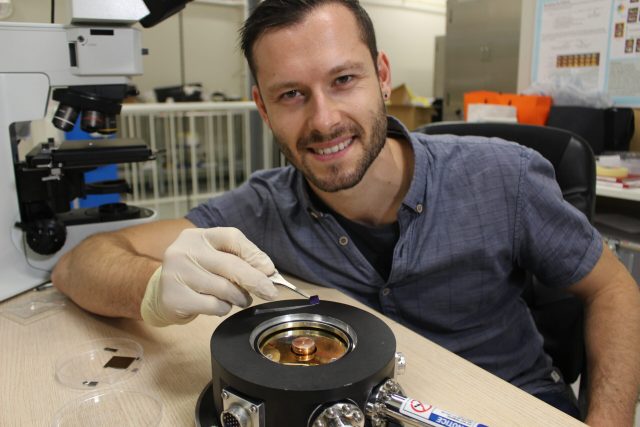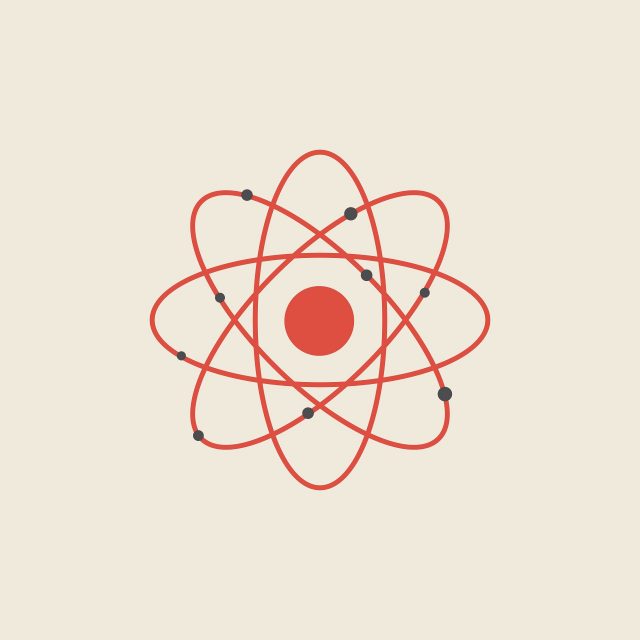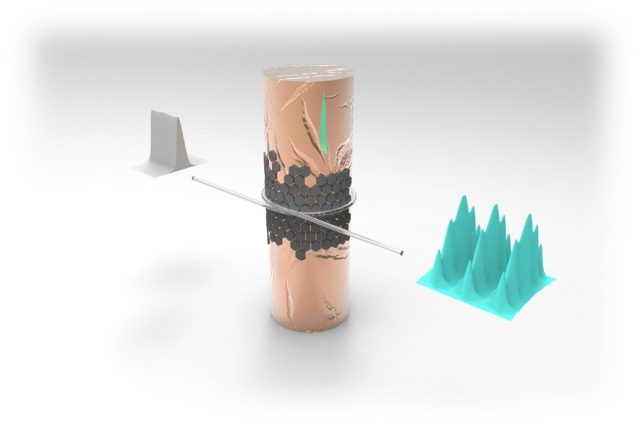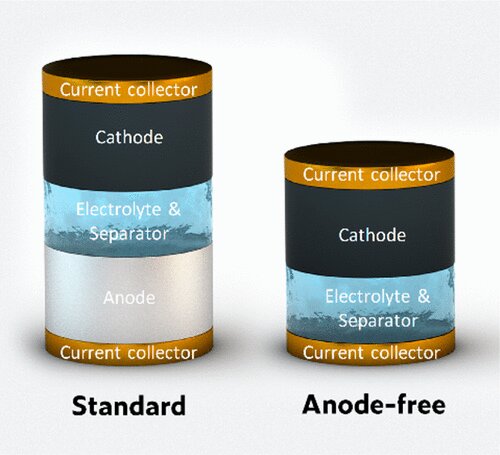At 2 a.m. one night last April, Michael Schoof triple-checked the numbers on his screen, took a deep breath, and fired off an email he'd been waiting all day to send.
"I think it's working" was the cautious wording of...
An international team of scientists has invented the equivalent of body armour for extremely fragile quantum systems, which will make them robust enough to be used as the basis for a new generation of low-energy electronics.
The scientists applied the...
A new method for constructing special solar cells could significantly increase their efficiency. Not only are the cells made up of thin layers, they also consist of specifically arranged nanoblocks. This has been shown in a new study by...
An intelligent material that learns by physically changing itself, similar to how the human brain works, could be the foundation of a completely new generation of computers. Radboud physicists working toward this so-called "quantum brain" have made an important...
When two sheets of graphene are stacked atop each other at just the right angle, the layered structure morphs into an unconventional superconductor, allowing electric currents to pass through without resistance or wasted energy.
This "magic-angle" transformation in bilayer graphene was observed...
For more than 15 years, researchers at The University of Texas at Dallas and their collaborators in the U.S., Australia, South Korea and China have fabricated artificial muscles by twisting and coiling carbon nanotube or polymer yarns. When thermally...
Self-assembly is ubiquitous in the natural world, serving as a route to form organized structures in every living organism. This phenomenon can be seen, for instance, when two strands of DNA—without any external prodding or guidance—join to form a...
Prostate cancer is one of the most common cancers among men. Patients are determined to have prostate cancer primarily based on PSA, a cancer factor in blood. However, as diagnostic accuracy is as low as 30%, a considerable number...
Pulsed lasers repeatedly emit light for a short period of time as if blinking. They have the advantage of focusing more energy than a continuous wave laser, whose intensity is kept unchanged over time. If digital signals are loaded...
The flexible and printable piezoelectric material, which can convert mechanical pressure into electrical energy, has been developed by an Australian research team led by RMIT University.
It is 100,000 times thinner than a human hair and 800% more efficient than other piezoelectrics based...
Renewable energy sources, such as wind and solar power, could help decrease the world's reliance on fossil fuels. But first, power companies need a safe, cost-effective way to store the energy for later use. Massive lithium-ion batteries can do...


















